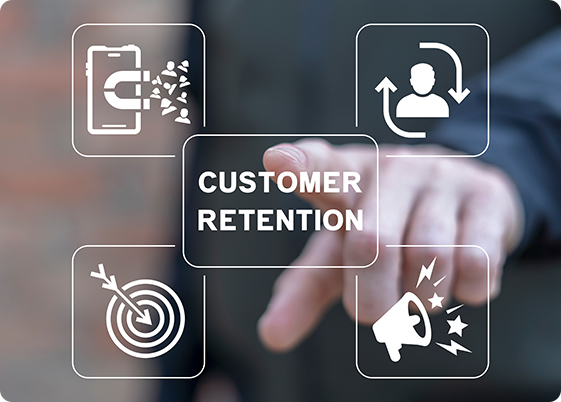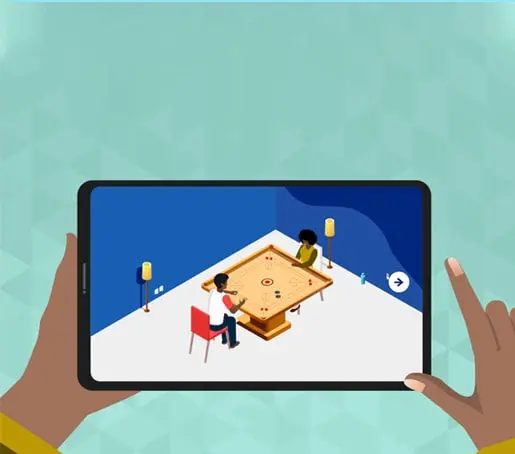
In an era of increased customer choice and competition, one idea remains at the centre of business success: customer satisfaction. For giant corporations or small businesses, it has a direct impact on growth, profitability, and reputation.
So, what is customer satisfaction, and why is it important? And most importantly, how can your business measure and enhance it efficiently?
Let's break it down, from understanding the concept to utilising proven methods for enhancing customer satisfaction and brand confidence.
What Is Customer Satisfaction?
Customer satisfaction refers to how well a company's products or services meet or exceed customer expectations. It’s a measurement of how pleased customers are with their overall experience, encompassing product quality, delivery, customer service, and issue resolution.
You may have come across the term CSAT while browsing support sites or after making a purchase. But what is CSAT, and how do people apply it?
What Is CSAT in Customer Service? CSAT (Customer Satisfaction Score) is a performance metric that companies use to measure customer satisfaction with an individual experience or service. It's usually captured by surveys that are rated on a scale such as 1–5 or 1–10. A high CSAT score signifies that customers are satisfied, whereas a low CSAT score indicates that customers are dissatisfied.
The data allows brands to identify what is going right and what's going wrong, enabling them to drive data-driven decision-making and improve the customer experience.
Why Does Customer Satisfaction Matter?
Understanding the importance of customer satisfaction goes beyond avoiding complaints. Every business needs to realise the importance of customer satisfaction in building trust and loyalty. Here's why it's essential to each business operation:

1. Increased Customer Retention
It's significantly cheaper to retain a current customer than to acquire a new one. Indeed, says Bain & Company, boosting customer retention by 5% can increase profits by 25–95%.
Satisfied customers are more likely to:
- Come back and repurchase from your brand
- Remain loyal through tough times
- Forgive the rare mistake
That's why whether how customer satisfaction is important or not is directly linked to your bottom line.
2. Positive Word-of-Mouth and Referrals
Satisfied customers become evangelists for your brand. They tell friends and family, even online communities.
This word-of-mouth referral marketing is:
- Free
- More credible than advertising
- Very effective at bringing in new business
Using customer satisfaction examples in your marketing (e.g., reviews and testimonials) can enhance this impact and establish brand trust.

3. Competitive Advantage
Customer experience will differentiate you in a crowded marketplace.
When two companies are similarly priced and match in quality, the company with higher service and satisfaction rates will triumph every time. Companies that focus on measuring customer satisfaction and acting on feedback consistently outperform their competitors.
4. Improved Customer Lifetime Value (CLV)
A customer's lifetime value is the total amount they're expected to spend with your company over their lifetime.
Satisfied customers:
- Buy more frequently
- Subscribe to premium services
- They are less price-sensitive
The link between CLV and CSAT significance is obvious: the more satisfied the customer, the more valuable they are to your company.
5. Brand Loyalty and Advocacy
Loyal customers don't merely come back, they look out for your brand, stand by it through scandal, and promote it organically.
A Microsoft study reports that 96% of customers indicate customer service is the most essential factor in building brand loyalty. Thus, maintaining high customer satisfaction is an investment in long-term reputation and stability.
How to Improve Customer Satisfaction?
Enhancing customer satisfaction is not about doing one massive thing it's about gradual, diligent strategies over time. Curious about how to improve customer satisfaction? Begin with incremental, gradual actions to express to customers that they are important. Here are proven ways to show customers they matter.

1. Deliver Excellent Customer Service
Customer service is at the heart of satisfaction. Empathetic, responsive, and solution-driven teams can convert irate customers into loyal customers.
Improve with these tips:
- Regularly train agents
- Provide omnichannel support
- Establish and achieve specific response time targets
Seeking a career in this industry? Find fulfilling customer service jobs that prioritise customer satisfaction.
2. Personalise Customer Interactions
Generic interactions come across as mechanical. Customers want to feel seen and heard.How to make it personal:
- Use their names in communications
- Personalise recommendations based on behaviour
- Targeted promotions
Research indicates that 80% of customers are more likely to buy when brands personalise experiences.
3. Improve Product Quality and Consistency
It's not only about service, but product performance matters too. Ensure that your product or service consistently meets quality standards.
Key areas:
- Extensive QA testing
- Consistent delivery timelines
- Ongoing integration of product feedback
Even the best support team cannot remedy a defective product. Product quality must be an integral part of your satisfaction strategy.
4. Be Transparent and Honest
Customers value honesty, even in the event of failure. Honesty fosters trust and prevents dissatisfaction from escalating.
Here’s how:
- Apologise for errors promptly
- Explain delays or setbacks openly
- Be realistic in expectations
Honesty can be more powerful than perfection. Companies that embrace honesty often achieve a higher rate when measuring customer satisfaction.
5. Act on Customer Feedback
Getting feedback is just half the work, following through on it is what matters. Use surveys, social listening tools, and interviews to gather insights. Then:
Here’s how:
- Identify frequent pain points.
- Prioritise quick wins
- Communicate what changes you’ve made.
Regularly acting on customer feedback on a timely basis shows customers that their opinions and suggestions matter a key driver in customer happiness.
6. Loyalty Programs and Rewards
Rewarding customers for loyalty deepens relationships. This may be through:
Here’s how:
- Points-based schemes
- Referral rewards
- Early access
Loyalty programs boost retention and improve brand perception.
Let's examine some customer satisfaction examples from top companies:
Amazon
Their easy returns and personalised suggestions contribute to high satisfaction ratings.
Zappos
Famous for its "above and beyond" customer service, Zappos empowers agents to resolve problems without the need for scripts and delivers high CSAT scores.
Apple
Their Genius Bar provides personal, human-to-human support, demonstrating how experience drives brand loyalty.
These companies prioritise understanding what is customer satisfaction every single day and put it at the top of their mind at all touchpoints.
How Is Customer Satisfaction Measured?
Satisfaction measurement is not guesswork—it's metric-based. Key metrics include:
- CSAT (Customer Satisfaction Score): A post-interaction survey asking customers to rate their satisfaction.
- NPS (Net Promoter Score): Measures how likely customers are to recommend your brand
- CES (Customer Effort Score): Measures how likely customers are to recommend your brand CES (Customer Effort Score): Asks how simple it was for the customers to solve their problem.
These instruments supply numerical information that can be used to support long-term plans and operations.
Conclusion
Thus, what is customer satisfaction, and why is it important?
It's not just a score or rating it's the emotional reaction your customers feel towards their interaction with your brand. When satisfaction is high, customers come back, refer, and stay loyal. When it's low, even the highest-quality product can't prevent you from churning. The importance of satisfying customer needs is to keep them contented, loyal, and returning.
From measuring customer satisfaction in terms of CSAT scores and applying proven strategies, businesses can continuously improve such as enhancing service quality and personalising communication. companies have a number of tools to use.
For customer service representatives, marketers, and business owners, making satisfaction a priority is no longer discretionary—it's mandatory.
And if you're a person who is dedicated to creating excellent experiences, check out customer service jobs at HGS to be part of the team making satisfaction a standard.
Frequently Asked Questions (FAQs)
How Is Customer Satisfaction Measured?
Through tools like CSAT, NPS, and CES, often via post-service surveys or follow-up emails.
What Are Some Common Mistakes That Hurt Customer Satisfaction?
Lack of personalisation, delayed responses, untrained staff, poor product quality, and not acting on feedback.
How Do You Handle a Situation Where Customer Satisfaction Drops?
Start with listening. Identify the root causes via surveys or reviews, implement corrective actions, and communicate those changes with customers.
How Can You Use Customer Satisfaction Surveys Effectively?
Keep them short, specific, and timed well (e.g., post-purchase or after issue resolution). Offer incentives for responses and always share what improvements were made.
 SA
SA Canada
Canada Colombia
Colombia India
India Jamaica
Jamaica Philippines
Philippines UK
UK US
US



